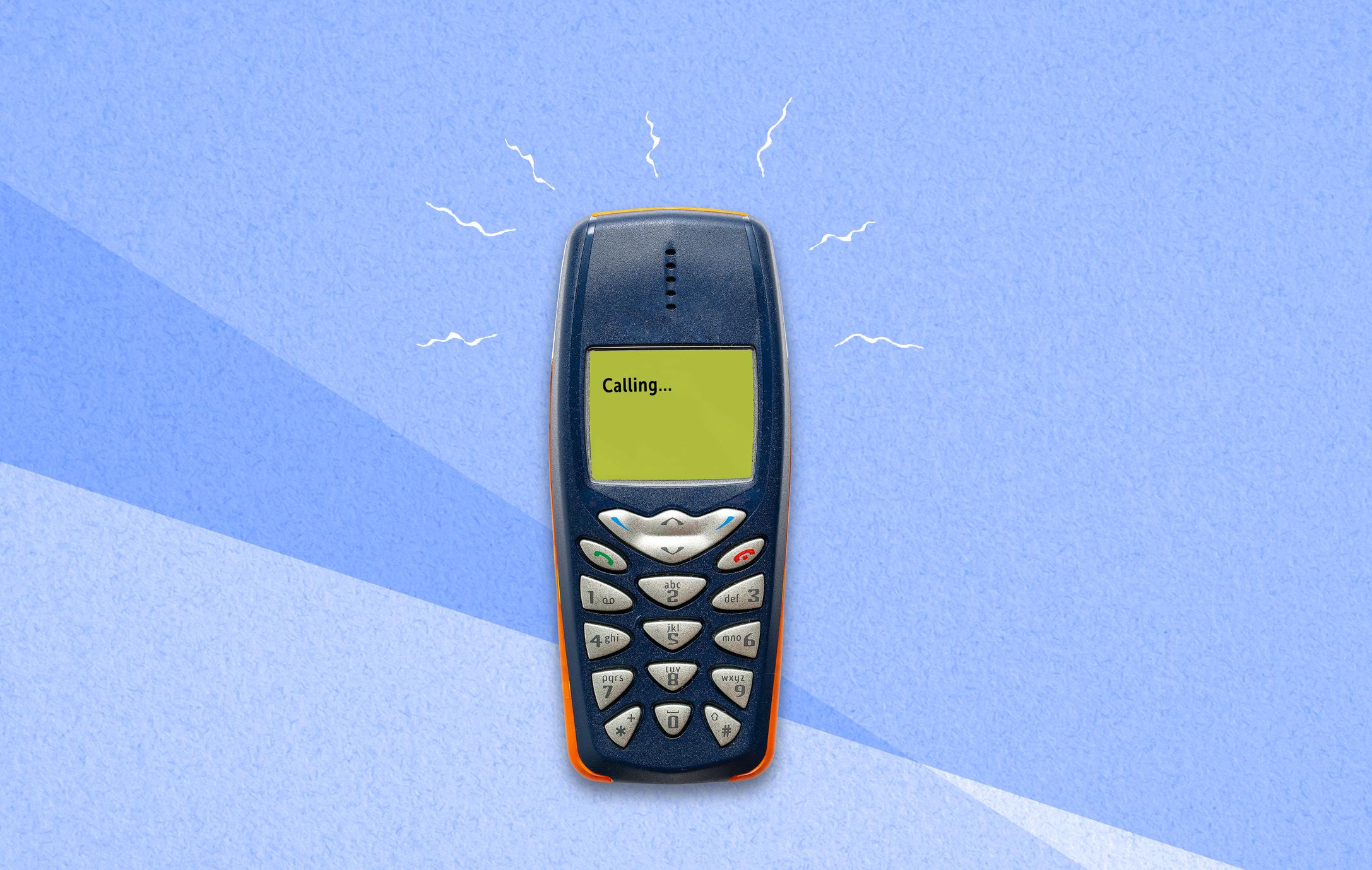
Nokia’s mobile-phone downfall – from a 40 percent market share to near bankruptcy in just a few years – has become a familiar cautionary parable on the perils of industry disruption. Less well-known is the equally instructive tale of how Nokia clawed its way back from the edge of destruction. Indeed, since touching bottom in 2012, its market capitalisation, while not at the level of its pre-smartphone heyday, has increased more than five-fold.
Nokia’s recovery was due to a wholesale strategic shift towards telecommunications networks, culminating in the US$16.6 billion acquisition of Alcatel-Lucent, a deal completed in 2016. Rarely has any large company reinvented itself so quickly and radically. But before the strategic redirection could be accomplished, the company needed to repair deep-seated cultural problems. Nokia’s revamped board of directors (a new chairman was appointed in 2012) proved integral to this effort. The emotion-regulating processes used by Nokia’s board to counter internal dysfunction are the subject of our recent article, which won the 2018 Best Paper Award of the Academy of Management’s Strategizing Activities and Practices Interest Group.
A culture of fear
From 2012-2017, we conducted in-depth interviews with 120 Nokia personnel, ranging in rank from upper-middle managers to board members and C-suite leaders.
Interviewees who experienced Nokia’s decline first-hand described to us how negative emotional dynamics at the very top harmed communication and strategic decision making. An authoritarian culture of fear pervaded multiple levels of management, producing a shoot-the-messenger mentality and rampant defensiveness. Fearing for their jobs, managers stayed quiet when top leaders latched onto losing strategic options – such as sticking with the Symbian operating system despite serious technical issues. The company remained paralysed as plummeting performance led to the CEO’s exit in 2010.
With the new CEO installed, Nokia had to choose an external operating system to replace Symbian. Windows and Android were the front-runners. Two emotional obstacles contributed to the ill-fated decision in favour of Windows (contrary to the advice of McKinsey consultants). First was the fear factor: Since the CEO had previously worked at Microsoft, some managers assumed the only mind that mattered had already been made up, and dissenters would be targeted for termination. Second, top managers were able to avoid coping with the enormity of the decision by framing it internally as a temporary measure to stop the bleeding. Of course, the haemorrhage only worsened after the alliance with Microsoft was announced; market capitalisation declined by 50 percent between January 2011 and January 2012.
Good strategy starts with emotional safety
In 2012, Nokia replaced its chairman along with three board directors. Right from the start, the chairman focused on radically improving the emotional relationship between the board and management. He recognised that Nokia’s strategic stasis was linked to a lack of openness. “If the board is a place where the management comes with knees trembling, a single solution in their mind, that they need to sell to the board, there is no way for the board to contribute,” he told us.
The board coaxed hyper-cautious and self-protective managers out of their shells with principles such as “No news is bad news, bad news is good news, and good news is no news.” Consequently, conversations between directors and managers took on newfound candor and depth.
Disengaging from past strategy
The new board also perceived that managers’ emotional attachment to the existing Windows strategy – about which warning signs were already flashing – could prevent them from considering other options. Rather than thoroughly re-evaluating the situation and creating new options, they were at risk of behaving defensively and avoiding the whole issue.
Directors, then, sought to dispel the dread by explicitly raising the prospect of failure in open conversations. They also pre-empted managers’ defensiveness by establishing agreed-upon courses of action should the Windows Phone continue to underperform. By pegging future actions to objective performance data rather than making them subject to later discussion, directors reduced the biasing role of emotions in planning the next strategic steps.
This approach also forced managers to begin making contingency plans. Directors insisted on seeing a range of prospective scenarios according to a systematic process. The board’s guidance helped managers balance out their appraisal of the various options and achieve a more nuanced emotional standpoint. As a result, they were able not only to conceive of radically new strategic possibilities but also to anticipate outcomes – both good and bad.
The idea of exiting the mobile phone business presented itself when leaders realised that a continuation of Nokia’s current strategy would require large additional investments from its partner Microsoft. But what value could Microsoft possibly derive from rescuing Nokia? It became clearer and clearer that the Windows strategy was untenable. A more likely scenario was that Microsoft would offer to buy Nokia’s mobile phone division – which would lead Nokia into truly uncharted territory. Here again the board’s efforts to root out emotional investment in the status quo enabled managers to envision a post-phone future for the firm. The deal with Microsoft was pursued and, in September 2013, completed for US$7.2 billion.
Concurrently, Nokia jumped into networks with both feet by buying back the joint venture Nokia Siemens Networks (NSN). The purchase of NSN was made possible by a hefty financing package that was negotiated as part of the larger Microsoft-Nokia deal. “So in a funny way, we got Microsoft to fund the new Nokia and help [rebuild] it”, the chairman told us.
Even though the divestment of the phone business shattered Nokia’s old identity, top managers’ emotions transformed during the strategy formulation process and eventually supported the new strategy. Out of the tumultuous anxiety of competing perspectives arose a shared enthusiasm for the course the company had chosen. A top manager credits his own embrace of the strategic direction to the “crazy amount of groundwork”, i.e. the extensive scenario analyses and number-crunching, necessitated by deep and frequent dialogues with the board.
We all are Nokia
Nokia’s comeback story is unique: Where else have we seen an iconic company fail utterly at what it’s famous for, then promptly pivot to find success in a vastly different area? This was not a turnaround akin to IBM’s, where the company learnt to leverage existing core strengths (i.e. mainframes) in a new way.
But in our fast-changing world, we may be seeing more and more cases like Nokia’s. As disruption accelerates, companies will increasingly have to reckon with the unravelling of entire business models, if not entire industries. Rather than defensively clinging to the mast of their sinking ship, managers will need to take to the lifeboats and never look back.
But it isn’t easy to be stoic when you’ve worked tirelessly for years to make the obsolete strategy work. Inevitably, managers will feel emotionally invested in the status quo, with their egos bound up in the company’s past successes. Confronting the reality of radical strategic change raises fears and vulnerabilities that few of us are comfortable with, least of all the high-flying overachievers in the C-suite.
Day-to-day business in most organisations offers scant opportunity for senior managers to work out their negative emotions about radical change. According to the mainstream professional mindset, emotions have no place at work. So managers learn to cloak their emotional biases in supposedly “rational” objections. They often convince themselves that these rationalisations constitute sound arguments and will staunchly defend them. Under such conditions, it is almost impossible to devise a thoughtful and creative strategy for dealing with radical change.
The board, therefore, is uniquely positioned to perform interventions designed to regulate top managers’ emotions, thus ensuring the quality and integrity of the strategy-formulation process. Why the board? Directors ideally reside above the fray, only provisionally committing to a particular strategic direction. Relative to outsiders such as management consultants, directors are also more context-savvy and share with top managers the common goal of seeing the firm succeed in the long term. While the mandate of the board does not traditionally encompass emotional regulation, such a role is well within the board’s central duty to oversee organisational strategy.
Quy Nguyen Huy is the Solvay Chaired Professor of Technological Innovation and a Professor of Strategic Management at INSEAD. He is also a director of the Strategy Execution Programme, part of INSEAD’s suite of Executive Education programmes.
Timo O. Vuori is an Assistant Professor of Strategic Management at Aalto University, Finland.
-
View Comments
(3) -
Anonymous User
Success of a corporate is usually driven by the decisions and the execution. Depending on the "corporate culture" decisions can be brought into life or just die in the corridors. Hi tech companies like Nokia can only survive in the present dynamic world only through bald moves disrupting the "usual way of business". Having the proper flexible product is a must but the same disruptive approach has to apply to the front end- sales. I feel Nokia still has to invest and improve both on the B2C and B2B sales organisations. The proper positioning of the products and the engaged teams are a key to success.
Anonymous User
1. I enjoyed reading the article. In particular about the role of board of directors in the process of transformation. I also like the words of Culture of Fear and We are all Nokia.
2. The article merely covers qualitative study and shows the causes, actions and results. I expect the qualitative study is supported by real data. It will help me to have a better understanding abiut the the process and the result of the transformation.
-
Leave a Comment





Anonymous User
11/04/2021, 10.29 pm
Culture is fundamental to driving change especially in multi-nationals. It is also important that enterprises manage diversity of talent in terms of tenure of years at every level to have good mix of inward and outward vies on strategy and execution.